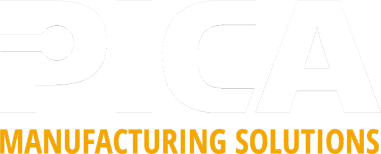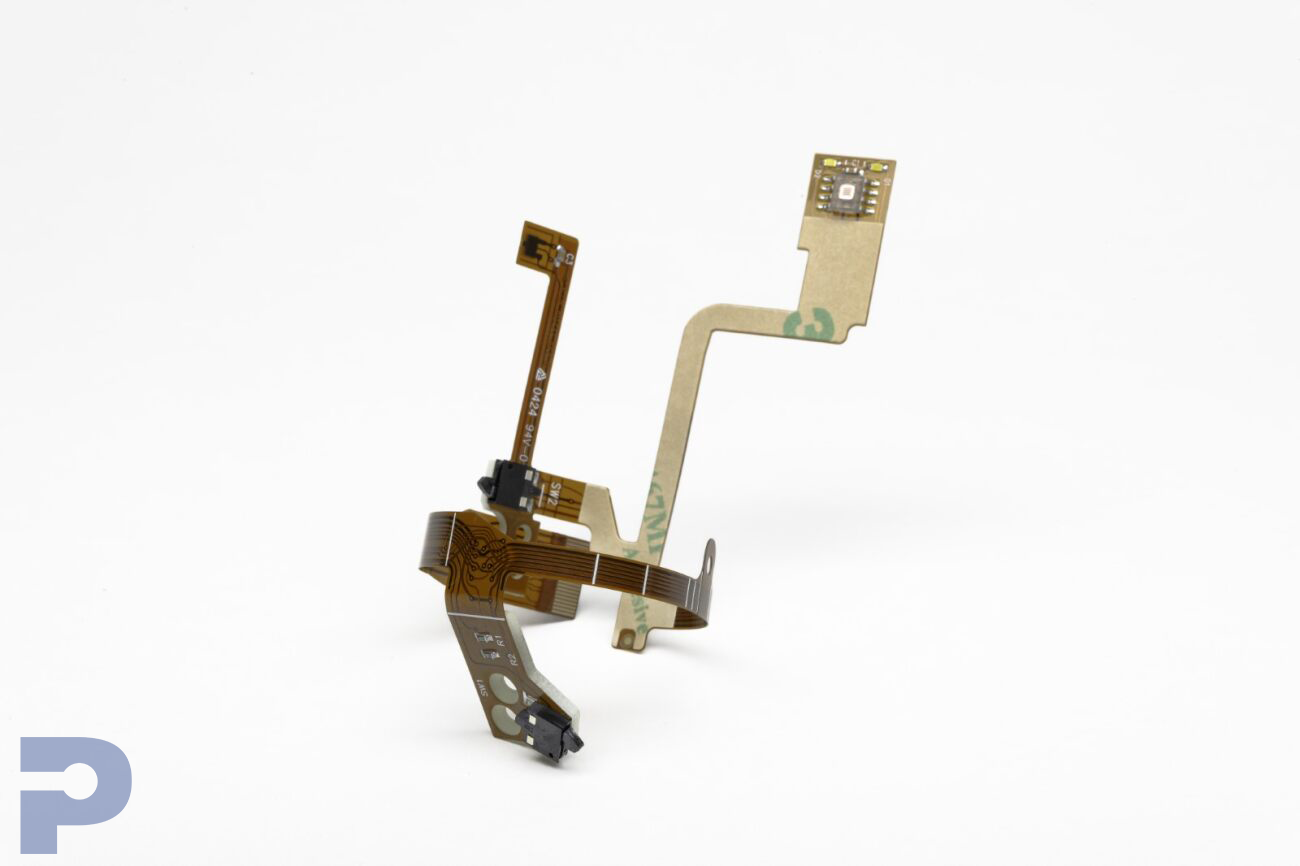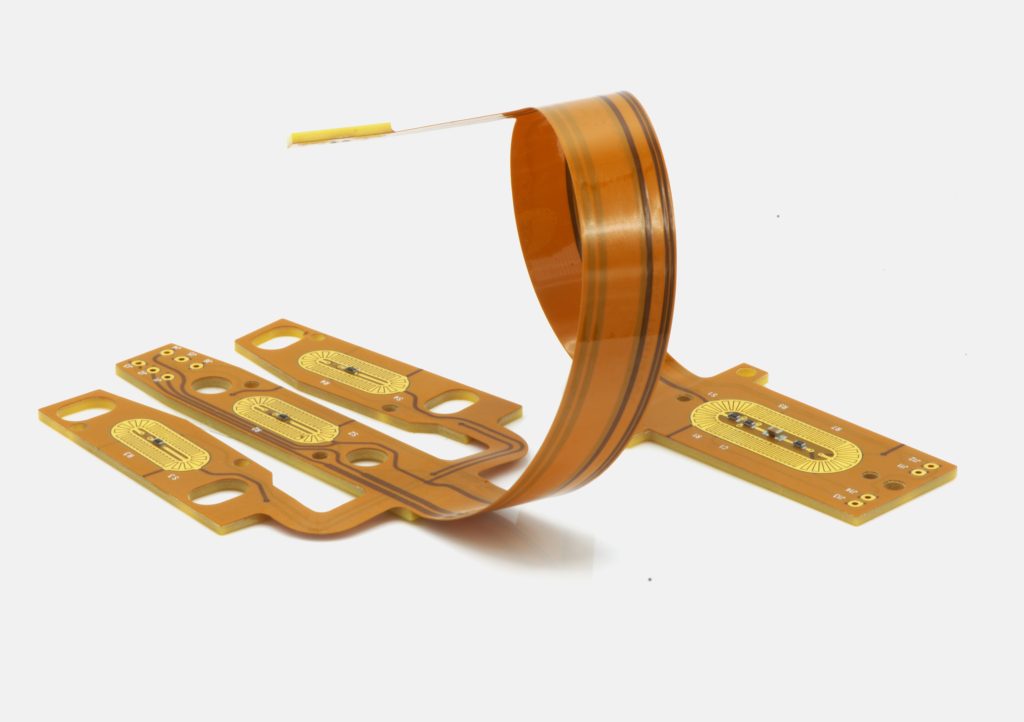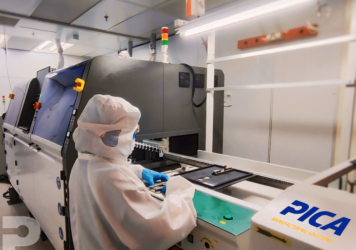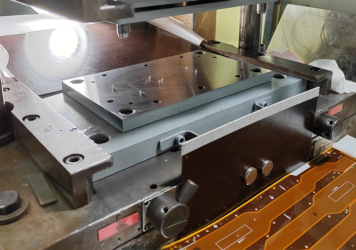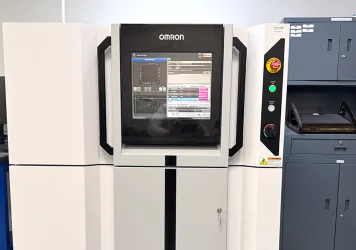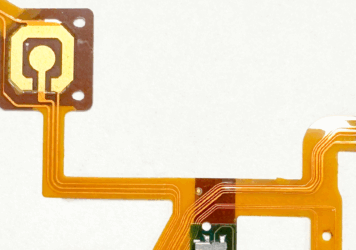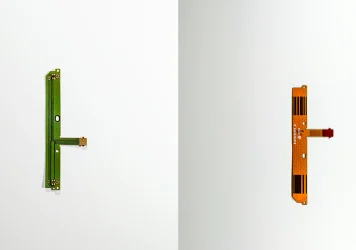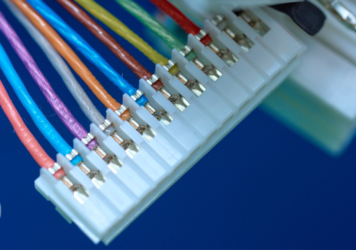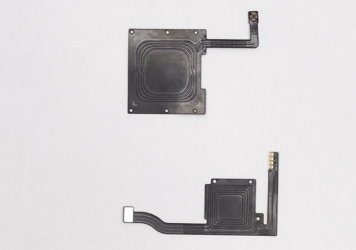Exploring Adhesives in Flexible Circuit Production
FlexPros2025-08-26T14:53:25+00:00The production of flexible circuits (FPCs) relies heavily on various types of adhesives to ensure durability, flexibility, and functionality. In this post, we will delve into the different adhesives used, highlighting their unique properties and applications.
- Bonding Adhesives
Bonding adhesives are crucial in creating a permanently bonded laminate in adhesive-based copper clad and coverlayers. By applying heat and pressure, these adhesives ensure a strong, lasting bond.
1.1 Modified Acrylic Adhesives
Modified acrylic adhesives are thermosetting materials frequently chosen for high-temperature applications, such as solder operations. They prevent delamination and blistering while exhibiting some properties of thermoplastic materials due to partial cross-linking. These adhesives also boast excellent chemical resistance, protecting against various chemicals and solvents encountered during manufacturing.
1.2 Modified Epoxy Adhesives
Commonly used in multilayer and rigid-flex circuits, modified epoxy adhesives feature a low thermal expansion coefficient, which is critical for maintaining circuit integrity. The modification process involves adding polymers to pure epoxies to enhance their flexibility and improve Z-axis expansion properties. These adhesives are known for their high bond strength, low moisture absorption, and good chemical resistance.
Newly available adhesives in this category include materials like LCP, Teflon, and Polyimide, which offer improved impedance control, reduced moisture absorption, and enhanced temperature resistance.
- Reinforced Adhesives
Reinforced adhesives, made from glass fabric impregnated with epoxy or polyimide resin, are typically used to bond layers in a Rigid-Flex circuit.
2.1 Pre-impregnated Epoxy Glass
Also known as “pre-preg,” this material can serve as an adhesive or a base dielectric film in Rigid-Flex applications. It significantly enhances the Z-axis stability of the circuit due to its low coefficient of thermal expansion (CTE) and high glass transition temperature (Tg).
2.2 Pre-impregnated Polyimide Glass
Offering even greater improvements in CTE and Tg, pre-impregnated polyimide glass enhances the Z-axis stability of plated through holes in rigid-flex circuits. However, it is more expensive and has a shorter shelf life compared to its epoxy counterpart.
Start Your Project Today!
Contact us to schedule an appointment with a PICA engineer about your project. We look forward to hearing from you!
- Pressure Sensitive Adhesives (PSA)
PSAs are the simplest and most cost-effective adhesives used in flexible circuit manufacturing. They can be manually applied and re-applied to the dielectric surface without requiring lamination. However, due to their heat and chemical sensitivity, their use is generally limited to bonding stiffeners or mounting hardware to flex.
- Electrically Conductive Adhesives
Conductive adhesives are unique because they not only bond materials but also maintain electrical conductivity. They are ideal for connecting shielding or stiffeners with the conductor (copper layer), ensuring that the circuit’s electrical properties are not compromised.
- Thermally Conductive Adhesives
These specialized adhesives are designed to bond materials together while also providing thermal conductivity to effectively dissipate heat. They are commonly used for applications where efficient heat management is critical, such as attaching heat sinks or thermal pads.
- Silicone Adhesives
These adhesives are renowned for their high temperature resistance, flexibility, and excellent electrical insulation, making them ideal for Flexible Printed Circuit (FPC) manufacturing. They effectively attach components, encapsulate sensitive areas, and form protective barriers against moisture and contaminants. This ensures durability and reliability in harsh environments, essential in automotive, aerospace, and healthcare applications. Additionally, their superb dielectric properties prevent electrical interference, crucial in densely packed electronics. Overall, silicone adhesives are indispensable in applications demanding high performance and environmental resilience.
Conclusion
The selection of the right adhesive plays a crucial role in the design and production of flexible circuits. Each type of adhesive offers specific benefits and is tailored for different applications within the circuit assembly process. PICA engineers, with their deep expertise in flexible circuit technologies, are instrumental in evaluating and choosing the most appropriate adhesives. Their insights ensure that the chosen solutions optimize product performance and durability, pushing the boundaries of what’s possible in electronics design. This collaborative approach helps manufacturers leverage cutting-edge adhesive technologies to meet complex design requirements and achieve superior functionality.
Contact us for more information on adhesives in flexible circuit production.
